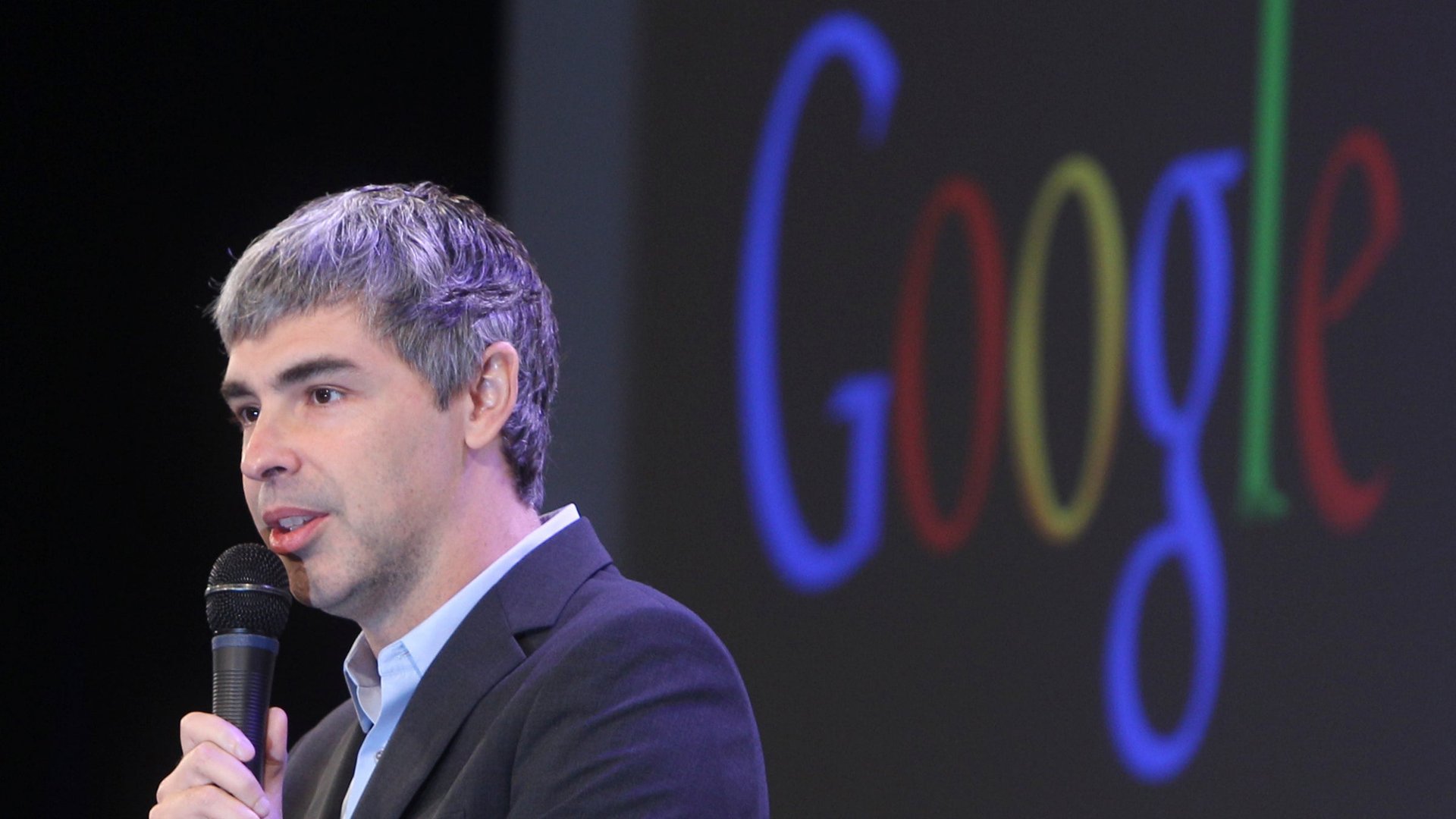If Google Drive had launched in 2006, Dropbox wouldn’t be a $4 billion company today
This originally appeared on LinkedIn. You can follow Justin Rosenstein here


This originally appeared on LinkedIn. You can follow Justin Rosenstein here
I led the development of an early fully-working version of Google Drive, but failed to ship it under some pretty crazy circumstances. In the process, I learned about the importance of clear, confident communication. Here’s my story.
In 2004, when I was 20, I left college early to join Google. Google was pre-IPO, and on the excited lips of every computer science student I knew. So when I got the job, I was elated.
Larry Page was one of my idols. The more I got to know him, the more I admired him. Larry is brilliant. Freakishly brilliant. A true visionary. Every time he hears an idea, he pushes back: why can’t we do it bigger? bolder? more encompassing? I think the only reason he doesn’t receive the kind of hero-worship that you saw of Steve Jobs is that he lacks the ego and showmanship.
I was asked to product manage an exciting skunk works project. We code-named it Platypus, but it was clear what we wanted to call it when it launched: Gdrive. After a couple years, we had a product that synced your files across your computers, let you share them with others, and worked on Windows, Mac, Linux, and the Web. This thing was so useful it was amazing.
But when I brought it to Larry, he said he didn’t want to launch it. He wanted a more unified Google, and didn’t want Gdrive to ship until it did a bunch of other things like integrate deeply into Google Docs. There were a number of reasons, both technical and organizational, that those integrations were extremely difficult — including the fact that the Google Docs team understandably didn’t want to complicate their product with folder hierarchies at all!
Larry was so successful and smart, I just didn’t have the confidence back then to do what I wish I’d done in hindsight: Put together a clear, coherent presentation on why Gdrive was the time to make a rare temporary exception to Google’s product integration strategy. As President of Product, Larry was overseeing dozens of products; he didn’t have time to think deeply about each one. It was my job to crisply explain that this market was about to take off, with lots of competent startups entering the space, that we should ship it now, start gaining market share with a revolutionary product, and then go back and integrate (do it right).
Of course, maybe I still wouldn’t have convinced him, but, in hindsight, I think I just didn’t try hard enough. I didn’t have enough confidence I was right. I also didn’t have the organizational capital to influence the Google Docs team, and so when Dustin asked me in 2007 to join Facebook, I left Google without completing the project. Google eventually launched an integrated Gdrive five years later, but by then file-sharing competitor Dropbox had already risen to 50M users.
My failure to convince Larry Page helped make Dropbox a $4 billion company.
So what did I learn?:
1. If you’re managing a project inside of a company, living and breathing it, the onus is on you, not upper management, to understand and articulate the marketing positioning and strategy that’s unique to your project. If management still disagrees with you, I wouldn’t fight them, but have enough confidence to make your case with conviction.
2. Now that I’m in a leadership role as the co-founder of Asana, I think twice before disagreeing with one of my reports when they look like they’ve really thought something through in their area of expertise and are passionate about their conclusion. I still disagree a lot — ultimately it’s my responsibility to ensure Asana maintains a consistent vision — but once I’ve made up my mind, it can still be changed.
P.S.: Dropbox CEO Drew Houston and I are friends now, and I couldn’t be happier for him and Dropbox’s success.
Justin Rosenstein is the co-founder of Asana. He previously worked at Google, where he helped create the initial prototype for Gmail Chat.